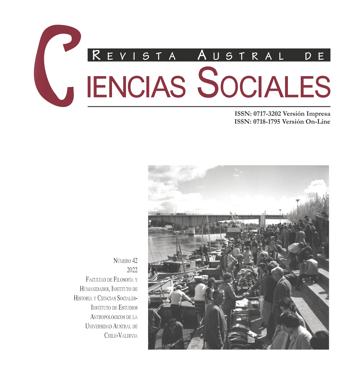Chilean Heritage Vineyards and Natural Wines: the Mestizo Gothic-Mapuche Legacy
Main Article Content
Abstract
This article examines the mestizo-Gothic- Mapuche legacy in the development and persistence of Chile’s heritage vineyards and the production of natural wines, mainly the persistence of the 15,000 hectares of heritage vineyards that managed to stay alive in Chile during the 20th century despite pressure from industry and technocrats, who questioned the traditional ways of cultivating vines because of their low economic profitability. In the persistence of mestizo winegrowers in their traditional vineyards, elements of the Mapuche worldview and the tradition of Christianity, incorporated by the Spaniards during the colonial period, can be detected. A parallel is also detected between the stigma that Renaissance art historians formulated against Gothic art, and the account of the technocrats of the wine industry against traditional vineyards. It finds that heritage vineyards are underpinned by profound values, similar to those Goethe found in Gothic cathedrals, despite the ideology of the time. Finally, the article recommends to the State of Chile to nominate heritage vineyards to UNESCO, and to reserve the use of Christian and Mapuche symbols for natural wines instead of industrial wines.


 http://orcid.org/0000-0001-7701-7060
http://orcid.org/0000-0001-7701-7060